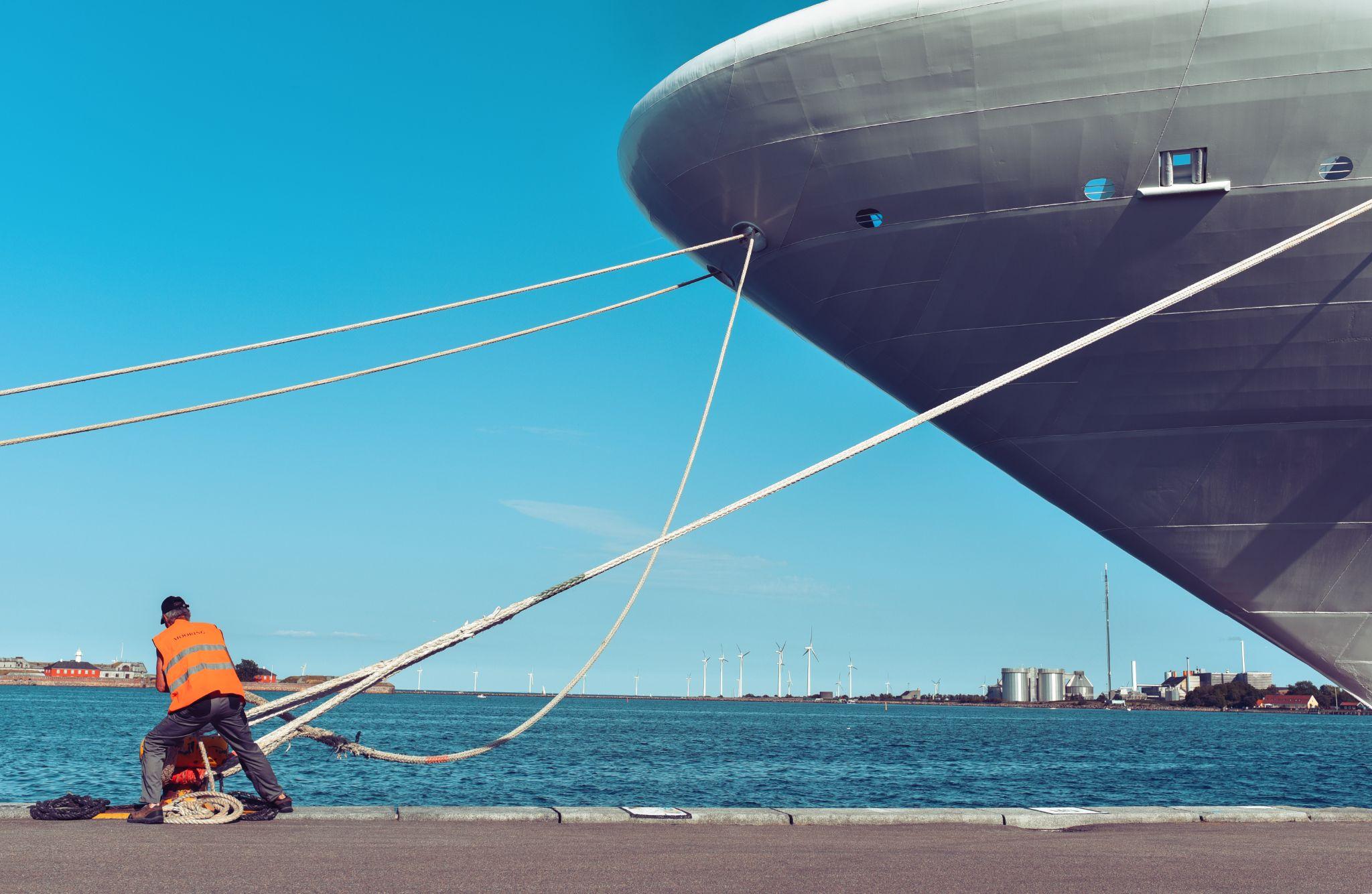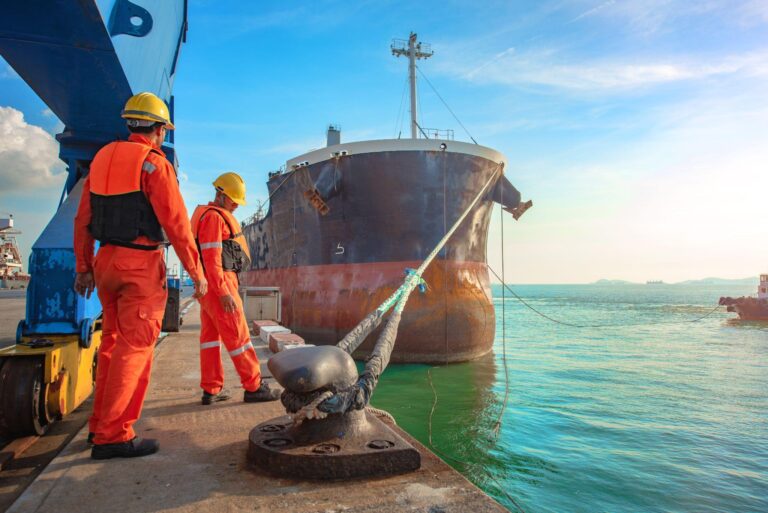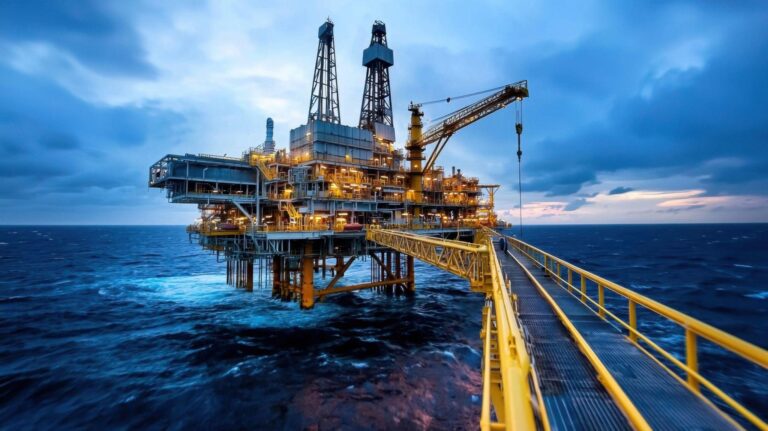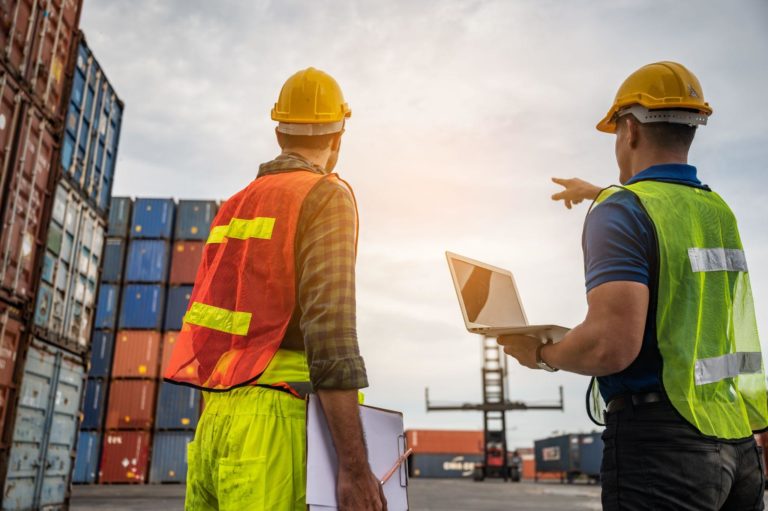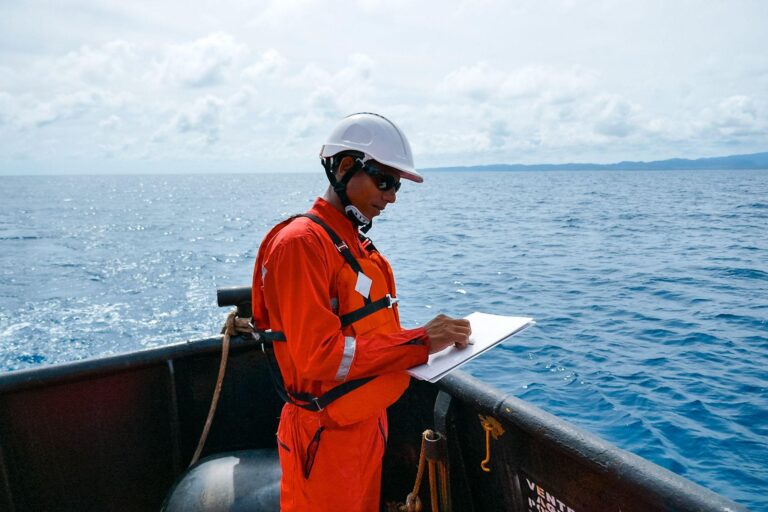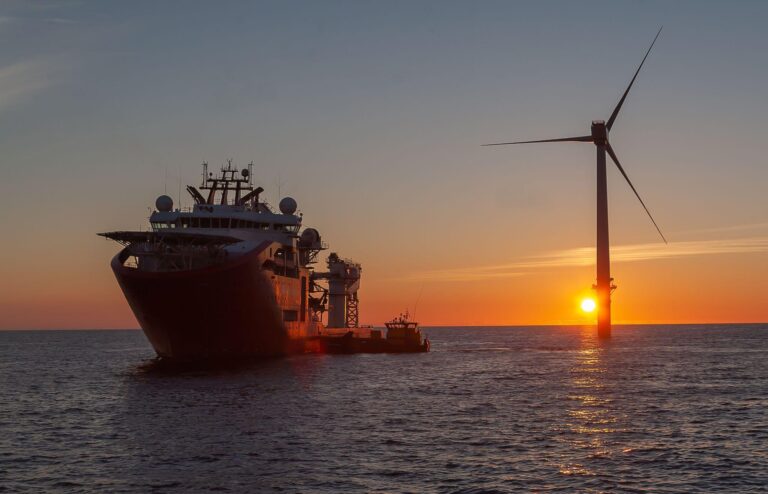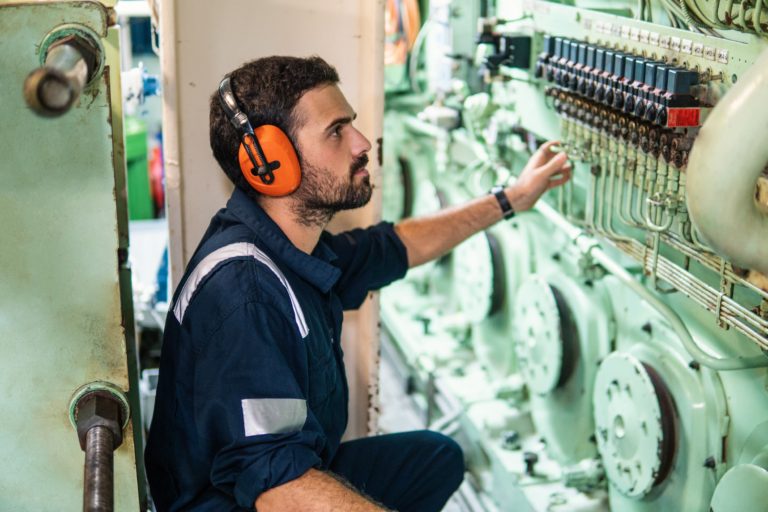Mooring operations are routine for docking and undocking vessels in ports and harbors. However, they can be dangerous for maritime workers. Mooring line accidents can result in serious injuries and even fatalities due to snapped lines, improper handling, or equipment failure.
Understanding the risks is crucial for vessel operators and crew members alike. Just as important is knowing your legal rights if an accident occurs.
What Is a Mooring Line?
The mooring lines on a ship are thick ropes, wires, or cables used to secure the ship to a dock or another vessel. They absorb and distribute enormous tension forces created by waves, wind, and vessel movement. Because of this, when a mooring line fails, the stored energy can release violently—turning the line into a lethal whip.
Common Mooring Line Accidents
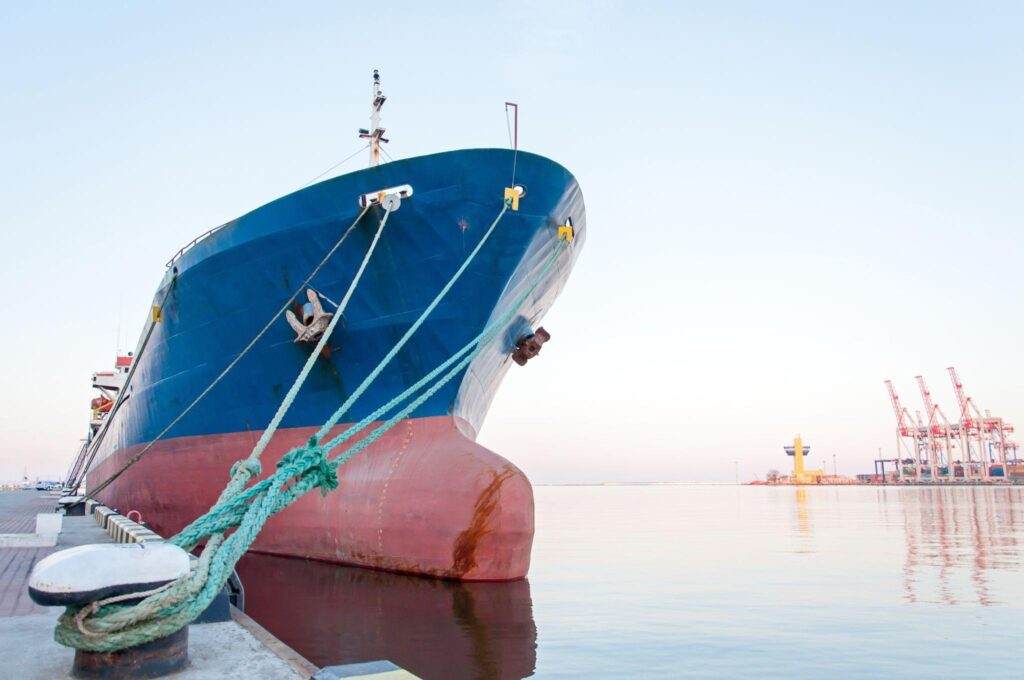
1. Snapback Accidents
A snapback is the most well-known and deadly type of mooring line accident. When a line under high tension breaks, it recoils with tremendous speed and force. Crew members standing within the “snapback zone” can be struck without warning, resulting in severe injuries or death.
Factors that increase the risk of a mooring line snapback accident include:
- Old or damaged lines
- Incorrect tensioning
- Miscommunication during operations
- Harsh weather conditions
2. Line Handling Injuries
Manual handling of mooring lines—especially synthetic or wire ropes—can lead to a variety of injuries. Workers may experience irritation, cuts, or muscle strains. Improper posture or sudden movements while managing lines under load can also cause back and shoulder injuries.
Protective gear, proper training, and ergonomic techniques are critical to reducing these injuries.
3. Entanglement and Tripping Hazards
Loose lines can create tripping hazards on deck. In more serious cases, a crew member might become entangled in a line as it’s being pulled taut or winched. This can result in catastrophic injuries or being dragged overboard.
Maintaining a tidy deck, following line handling protocols, and constant situational awareness are key safety measures.
4. Equipment Failure
Mooring operations rely on winches, bollards, fairleads, and other heavy equipment. Mechanical failure due to lack of maintenance, overloading, or corrosion can result in sudden line releases or anchor point failure. When equipment gives way under strain, it can cause lines to snap or flail unpredictably.
Routine inspections and maintenance are essential to prevent such failures.
Common Injuries From Mooring Line Accidents
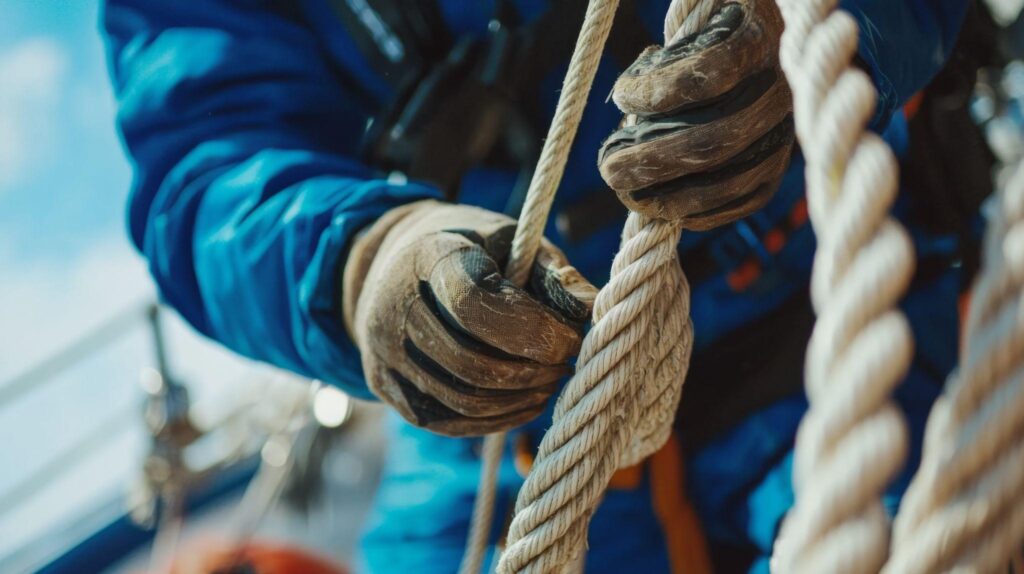
The injuries resulting from mooring line accidents are often serious and sometimes life-altering. These include:
- Head Trauma: Caused by high-velocity line snapback, it is often fatal.
- Spinal Injuries: Blunt force or falls can lead to temporary or permanent paralysis.
- Amputations: Entanglement in moving lines or winches can cause loss of limbs.
- Fractures and Dislocations: Can be caused by direct impact or being knocked over.
- Lacerations and Burns: Rope burns or cuts from wire strands are serious risks.
Beyond the physical harm, an accident may have lasting psychological effects such as PTSD or anxiety, whether the worker was injured or witnessed a fatal incident.
Safety Protocols: Prevention Is the Best Protection
Preventing mooring line accidents starts with enforcing strong safety practices. All maritime employees should receive thorough training on line handling, equipment use, and hazard awareness. Clear communication is essential—especially in regard to clearly marking snapback zones.
Personal protective equipment (PPE) like gloves, hard hats, and non-slip boots should always be worn on the job. Regular equipment inspections and prompt replacement of worn lines or faulty gear are critical.
Fatigue is a major risk factor, so crew rotations and adequate rest are vital. Emergency procedures, including first-aid readiness and regular drills, should be in place.
Modern technologies, such as tension monitoring systems and snapback-resistant lines, can also help improve the safety of maritime work.
Legal Guidance After a Maritime Injury
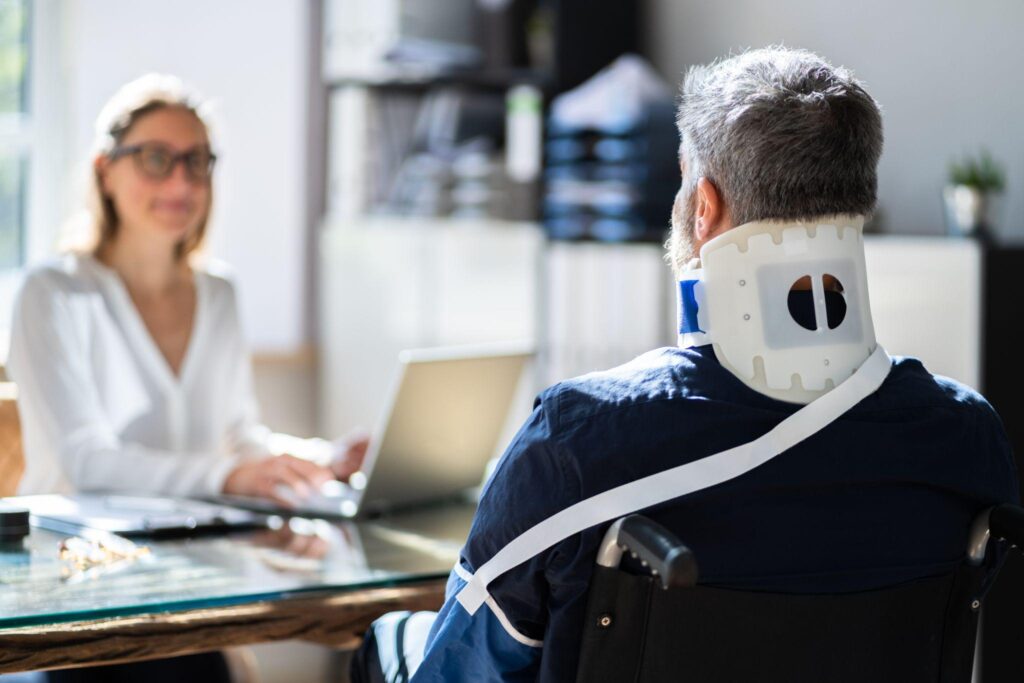
If you or a crew member is injured during a mooring operation, seeking legal guidance is just as important as getting medical care. An attorney can help injured seamen seek compensation under the Jones Act and through traditional maritime remedies like maintenance and cure, while dock workers and other on shore personnel are covered under the Longshore and Harbor Workers’ Compensation Act.
You may be entitled to compensation for medical expenses, lost wages, pain and suffering, and long-term disability.
An experienced maritime injury attorney can help you:
- Determine if employer negligence or unsafe working conditions played a role
- Navigate the complexities of maritime legal procedures
- Collect evidence and witness accounts
- Maximize your rightful compensation
Need Legal Help After a Mooring Line Injury?
If you’ve been injured in a mooring line accident, don’t navigate the legal process alone. The experienced attorneys at Schechter, Shaffer & Harris are here to help you understand your rights, fight for fair compensation, and hold negligent parties accountable. For a free consultation with one of our maritime injury lawyers, call 800-836-5830 today.

